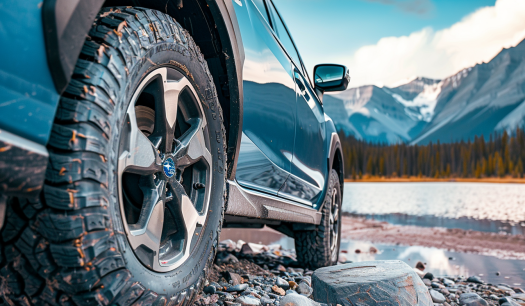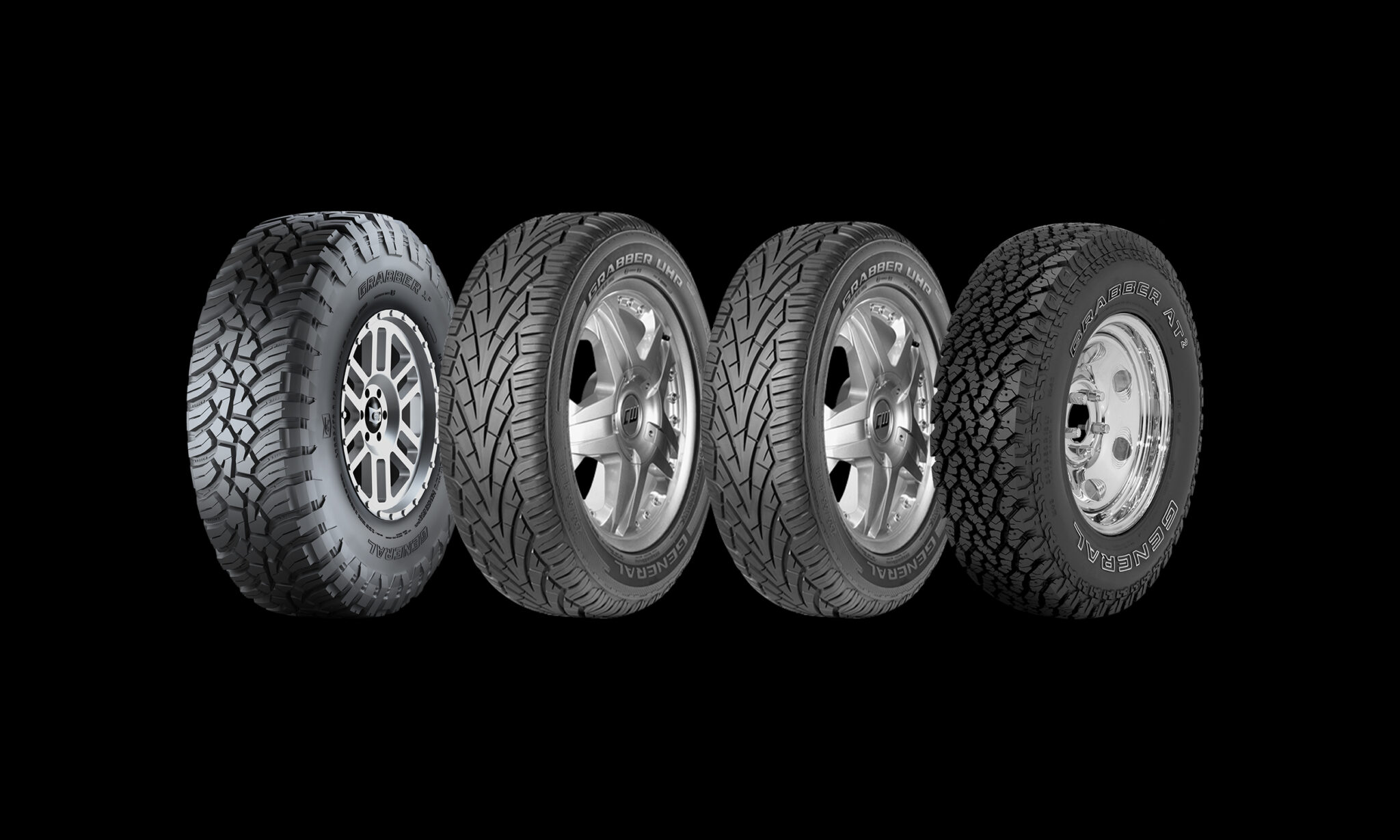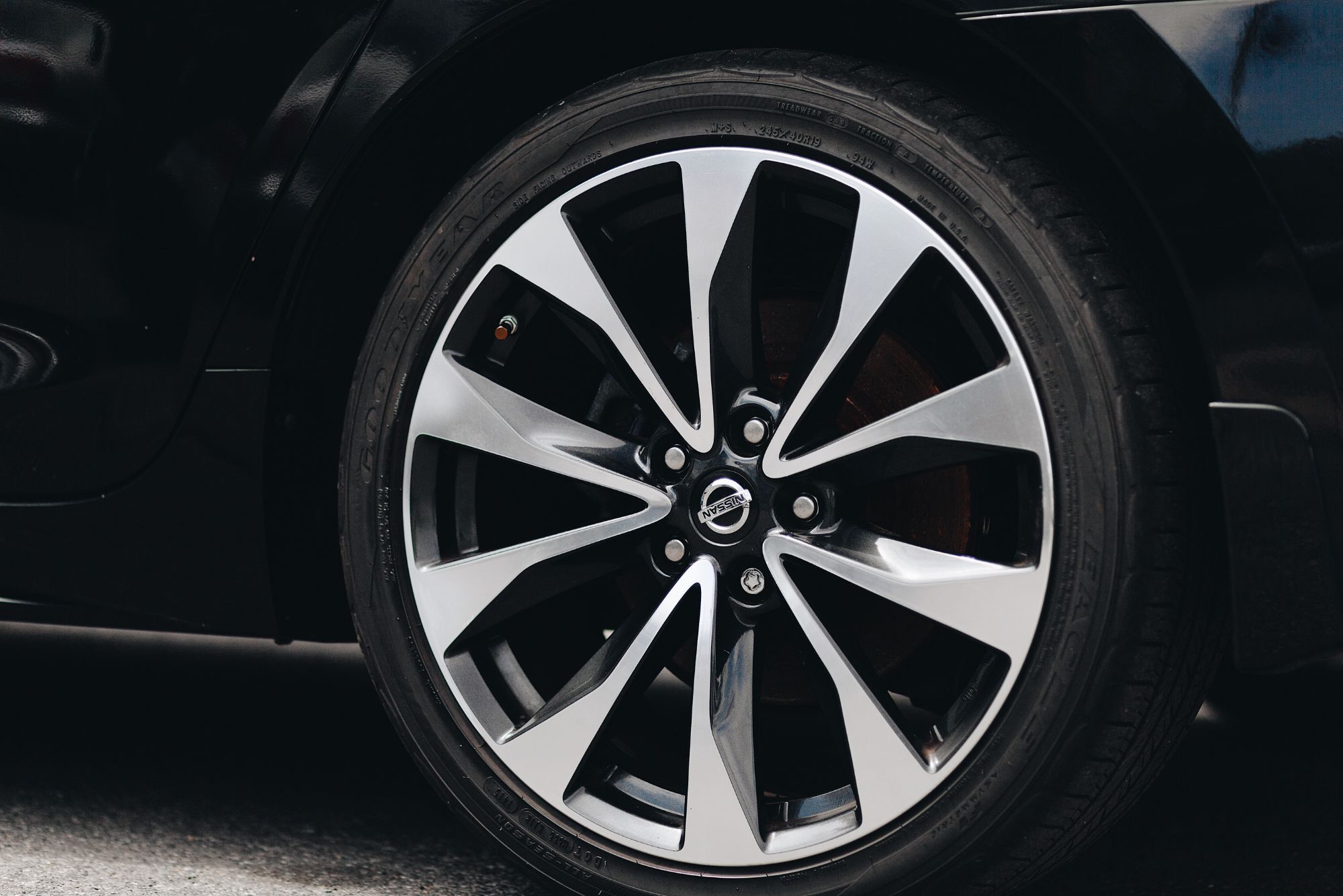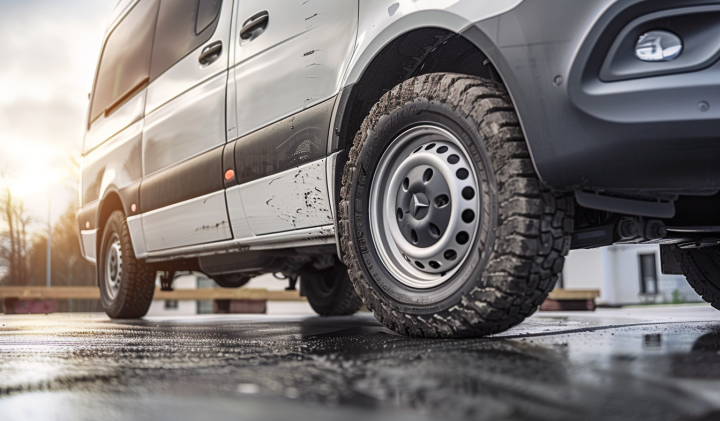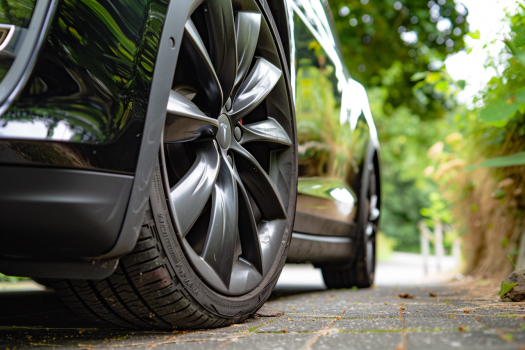Last Updated on April 21, 2024
Exploring the Importance of Tire Tread Depth and Maintenance
The best way to know when to replace your tires is to set a time to check them once each month, and you will most likely discover problems before they become dangerous. This is a great time to monitor your air pressure, too.
Keeping your tires at the proper psi will help avoid many severe problems. Check your vehicle owner’s manual for the recommended tire pressure. Checking the following items on each tire will help you avoid dangerous and costly tire repairs or emergency replacements.
What Is Tire Tread?
Let’s start with the basics. Tire tread refers to the pattern of grooves and channels on the outer layer of your tires. This pattern isn’t just for looks; it’s designed to serve specific functions:
- Traction: The tread pattern provides your tires with the grip they need to maintain control and traction on various road surfaces, including dry, wet, and slippery conditions.
- Water Dispersion: The tread channels help disperse water from the tire’s contact patch on wet roads. This reduces the risk of hydroplaning and maintains proper road contact.
- Heat Dissipation: As you drive, your tires generate heat. The tread pattern aids in dissipating this heat, preventing overheating and ensuring tire longevity.
Now that we understand the role of tire tread let’s explore why its depth is crucial.

The Importance of Tire Tread Depth
Tire tread depth matters for several reasons:
- Safety: Adequate tread depth is essential for safe driving. Tires with sufficient tread can maintain better traction and control, especially in adverse weather conditions.
- Handling: Tread depth directly affects your vehicle’s handling. Insufficient tread can lead to reduced responsiveness, longer braking distances, and compromised cornering ability.
- Hydroplaning Prevention: Deep tread grooves are essential for dispersing water and preventing hydroplaning on wet roads. This phenomenon occurs when your tires ride on a film of water, leading to loss of control.
- Longevity: Proper tire maintenance, including monitoring and maintaining tread depth, can extend the life of your tires. It ensures that your tires wear evenly, reducing the need for premature replacements.
Measuring Tire Tread Depth
Now that you understand why tire tread depth matters, you might wonder how to measure it. Fortunately, it’s a straightforward process, and you don’t need specialized tools. You can use a tire tread depth gauge or a simple penny.
Here’s how to use a penny to check your tire tread:
- Take a penny and hold it with Lincoln’s head facing downward.
- Insert the penny into the tread groove, ensuring Lincoln’s head goes in first.
- Observe how much of Lincoln’s head is covered by the tread.
If you can see all of Lincoln’s head, it’s a sign that your tire tread has worn down to 2/32 of an inch or less, indicating the need for replacement. If some of Lincoln’s head is still covered, your tread depth is likely above the legal minimum requirement.
Tire Tread Maintenance
Maintaining proper tire tread depth is a responsibility every vehicle owner should take seriously. Here are some tips for keeping your tire tread in excellent condition:
- Regular Inspections: Perform visual inspections of your tires at least once a month. Look for signs of wear, damage, or uneven tread.
- Tire Rotation: Regularly rotate your tires according to your vehicle manufacturer’s recommendations. This helps ensure even wear across all tires.
- Proper Inflation: Maintain the correct tire pressure specified in your vehicle’s owner’s manual. Underinflated or overinflated tires can wear unevenly.
- Alignment Checks: Have your vehicle’s wheel alignment checked regularly. Misaligned wheels can cause uneven tire wear, affecting tread depth.
- Avoid Overloading: Avoid overloading your vehicle, as it can strain your tires and lead to premature wear.
- Replace When Necessary: When your tire tread depth reaches 4/32 of an inch or lower, it’s time to replace your tires. Don’t delay this crucial maintenance task.
In conclusion, tire tread depth is critical in ensuring your safety on the road and maintaining your vehicle’s performance. Understanding its importance and regularly checking and maintaining your tire tread depth can go a long way in enhancing your driving experience and prolonging the life of your tires. Prioritize tire maintenance, and you’ll enjoy safer and more reliable journeys on the open road.
Signs of Worn Tire Tread: When to Replace Your Tires
Your vehicle’s tires are connected to the road, and the condition of their tread is critical for both safety and performance. Worn tire tread can lead to various problems, from compromised handling and braking to the increased risk of a blowout.
This guide will explore the telltale signs of worn tire tread and when to replace your tires to ensure a safe and smooth ride.
Worn Tire Tread
You never want to drive on tires with bald spots. Bald tires might be minutes away from going flat because the tire, balanced or not, will not function correctly. Your vehicle will likely skid and slide, and braking will be compromised.
When a tire shows bald spots, it has been dangerous for quite a while. Never let your tire tread get below 2/32″ in depth. A safer habit is to replace your tires at 4/32″.
Check the depth with a tread gauge. If you don’t have one, try the well-known penny trick. Place your penny into a tread groove with Abraham Lincoln head-first. If Abe’s hair is partially showing, you are on the borderline. It’s time for new tires.
The Tread Bar
Modern tires have rubber bars that run perpendicularly across the tire, embedded in the tread. As your tread gradually wears away, the rubber bars become exposed. These are tread wear indicator bars designed to alert you when your print is wearing too low. Check your tread depth as described above, and oversee your wear.
Bubbles and Bulges
When your tire caucus develops weak spots, the tread can begin to separate. You can see this happening by the bubbles or bulging areas formed by the air escaping from the tire’s interior and pushing up against the tread. Replace your tires immediately because bubbles or bulges warn about a possible upcoming blowout.
Sidewall Cracking
Cracks on the sidewall are another warning that a blowout might be imminent. It also might mean a slow leak, which can be fixed. Have your tires checked by a professional if you can see apparent cracks?
Vibration
Maybe you can’t see it, but you can feel it. If your car vibrates when you drive, have your tires checked by a tire professional. Many causes of excessive vibration exist, but most vehicle vibration problems are tires-based. If a defective tire causes a beating from a manufacturer mishap, you will likely qualify for a replacement tire.
Conclusion
Your tire’s tread depth plays a crucial role in your safety on the road and your vehicle’s performance. Proper tire maintenance, including monitoring and maintaining your tire tread, is essential for a safe driving experience. Don’t overlook the significance of your tire’s tread. Invest in your safety and vehicle performance by monitoring your tire tread depth and promptly addressing any issues.
Ready to ensure your tires have the proper tread depth for a safe and smooth ride? Explore a wide selection of high-quality tires and tire maintenance tools at Tire Easy (https://www.tires-easy.com/). Your safety starts with the right tires. Shop now and drive with confidence!
FAQs
Is it a tire thread or tread?
The correct term is “tread.” Tire tread refers to the pattern on the outer surface of a tire that comes in contact with the road. It plays a vital role in providing traction and grip for your vehicle.
What should my tire tread be?
The ideal tire tread depth for safe driving typically ranges between 6/32 inch to 4/32 inch or more, depending on local regulations and driving conditions. Tires with less tread depth may compromise your safety, especially in wet or slippery conditions.
How much tire tread is safe?
A tire is considered safe if its tread depth is above the legal minimum requirement in your region. However, replacing your tires when the tread depth reaches 4/32 inches or lower is recommended for optimal safety and performance.
What is 32 tire tread?
“32 tire tread” refers to measuring tire tread depth in 32nds of an inch. For example, a tire with a tread depth of 8/32 inch means eight 32nds of an inch of tread remains on the tire. Monitoring this measurement is essential for ensuring your tires are safe for the road.




